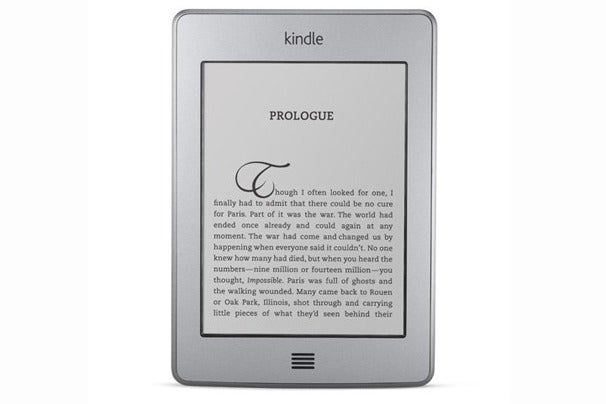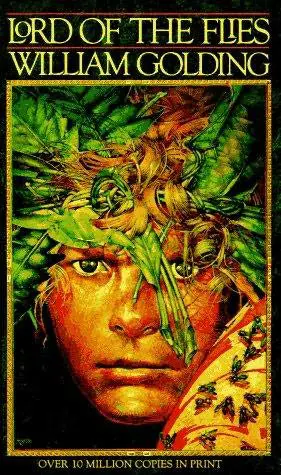I've been debating on topics for a final project for my text class (the one I'm writing the blog for) and I've stumbled upon quite a few ideas/topics that I think could be interesting to explore. Narrowing my topics down, and after reading Price's article, I'm becoming more and more enthralled by the idea of private online publication vs. private tangible writing (journaling and diary entries to be more precise). You might be wondering what this has to do with Price's article, but hear me out.
The more and more we read about aura, originality, authorship, textness, publication, etc., the more I wonder about the relationship between printed text and virtual text. (And just to clarify, I'm defining text in this sense as the written words). In his article, Price discusses the "transformation of scholarly publication" as it begins to take a "digital form" versus its original print form. Aspects of economic benefits and information storage are other key aspects identified, but the issues I'd like to work out are the ones he mentions in the very beginning of his article. In particular, I find the following quotations to be the most helpful:

 The preservation of text is an issue that we haven't really looked at very closely, yet so much of TEXT comes down to its ephemeral-ness. Is it meant to last? Yes or no? Why or why not? What makes one text preservable and another not? How does a text's ephemerality effect its value?
The preservation of text is an issue that we haven't really looked at very closely, yet so much of TEXT comes down to its ephemeral-ness. Is it meant to last? Yes or no? Why or why not? What makes one text preservable and another not? How does a text's ephemerality effect its value?
As we make our way into the Digital World, or for some of us grow with the Digital World, we become less and less concerned with the preservation of text and more concerned with the production of text. A digital medium allows for instantaneous publication on multiple platforms (blogs, facebook, youtube, pinterest, flickr, photobucket) through multiple avenues (video, audio, text, recorded, live, images, etc.). And the idea of losing this information isn't even a second thought, because everything is saved somewhere on some version of icloud where both highly intelligent and mundane information come together.
Our generation (20 somethings) and those who are now growing up on computers (19 and younger) don't bother with writing things down on hard copy because we don't need to. In fact, most of the time we don't even bother going to the library because most up-to-date scholarly information is available in digital forms.
So does the information that is mounted online still have value or does it lose that effect once we can no longer hold it in our hands?
Is this
not just as valuable as this
if what we value is the information and not the platform it is displayed upon?





